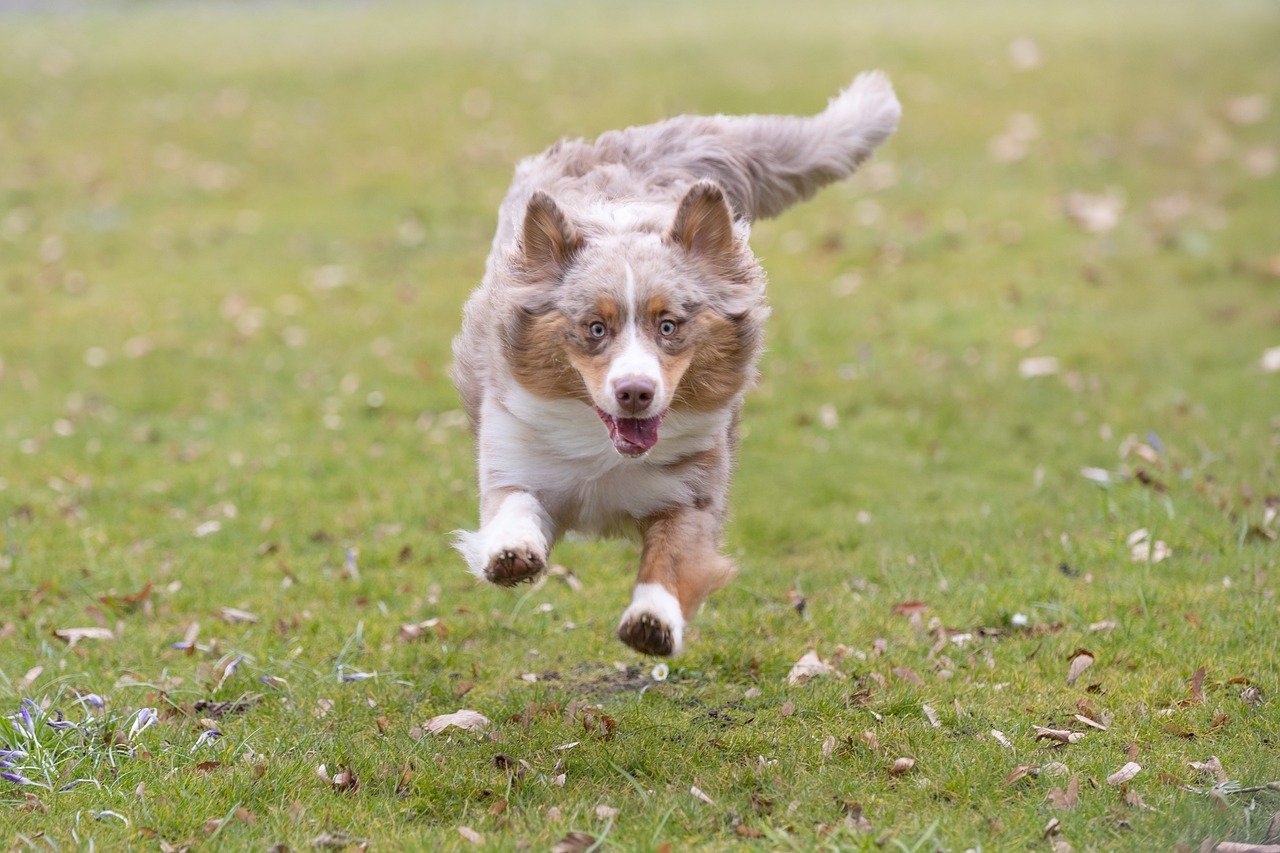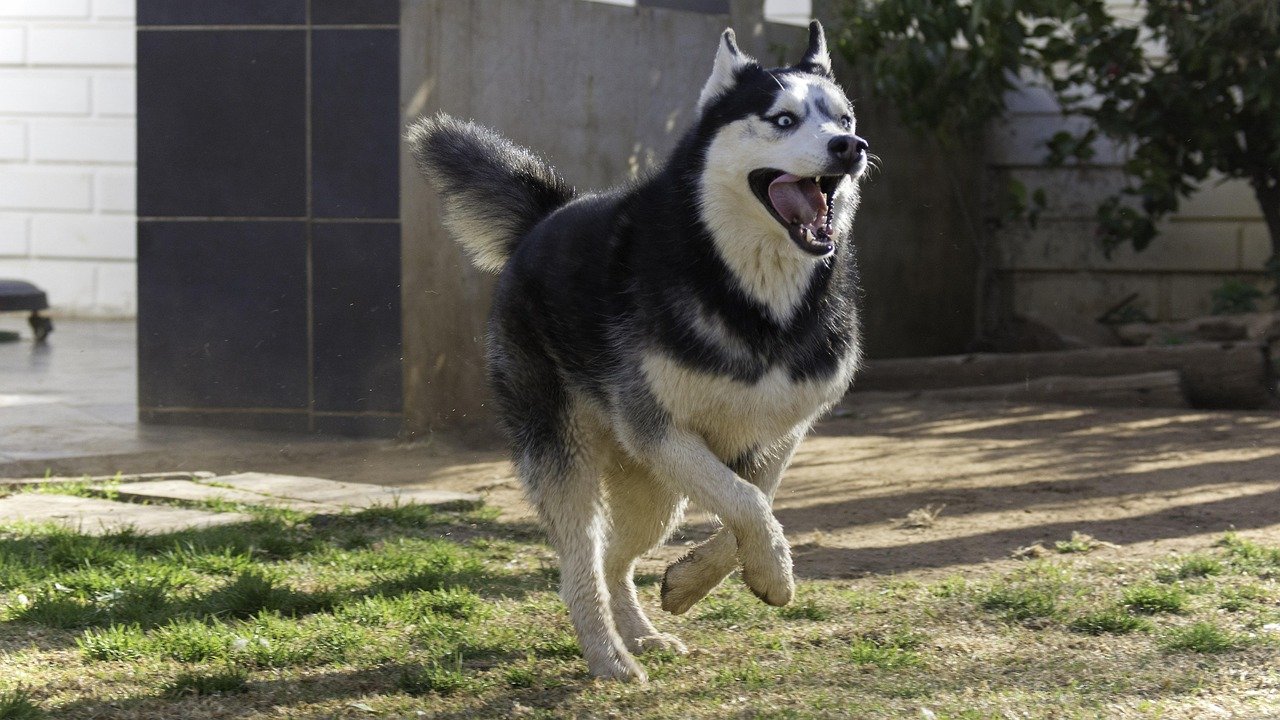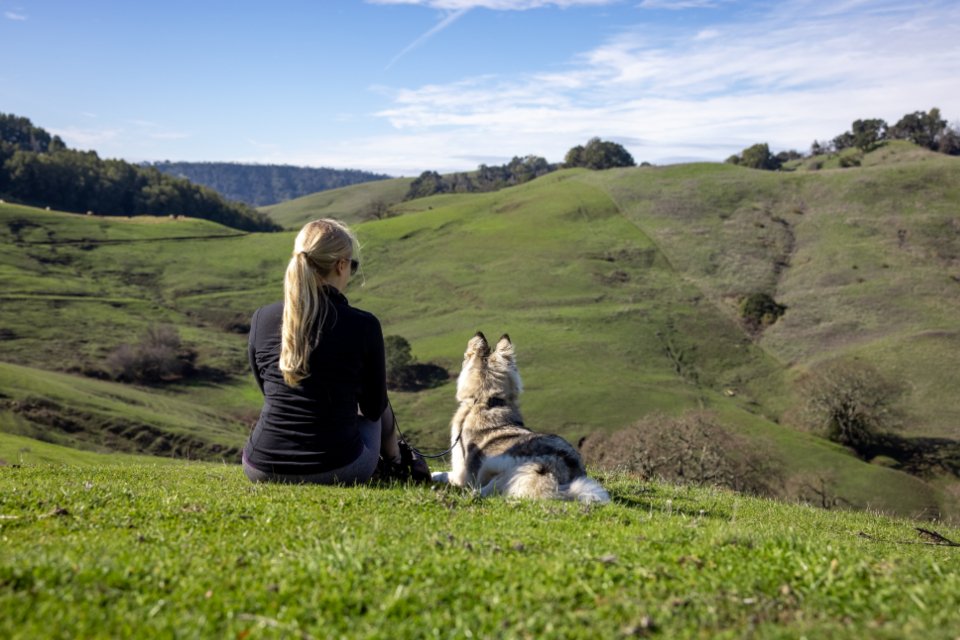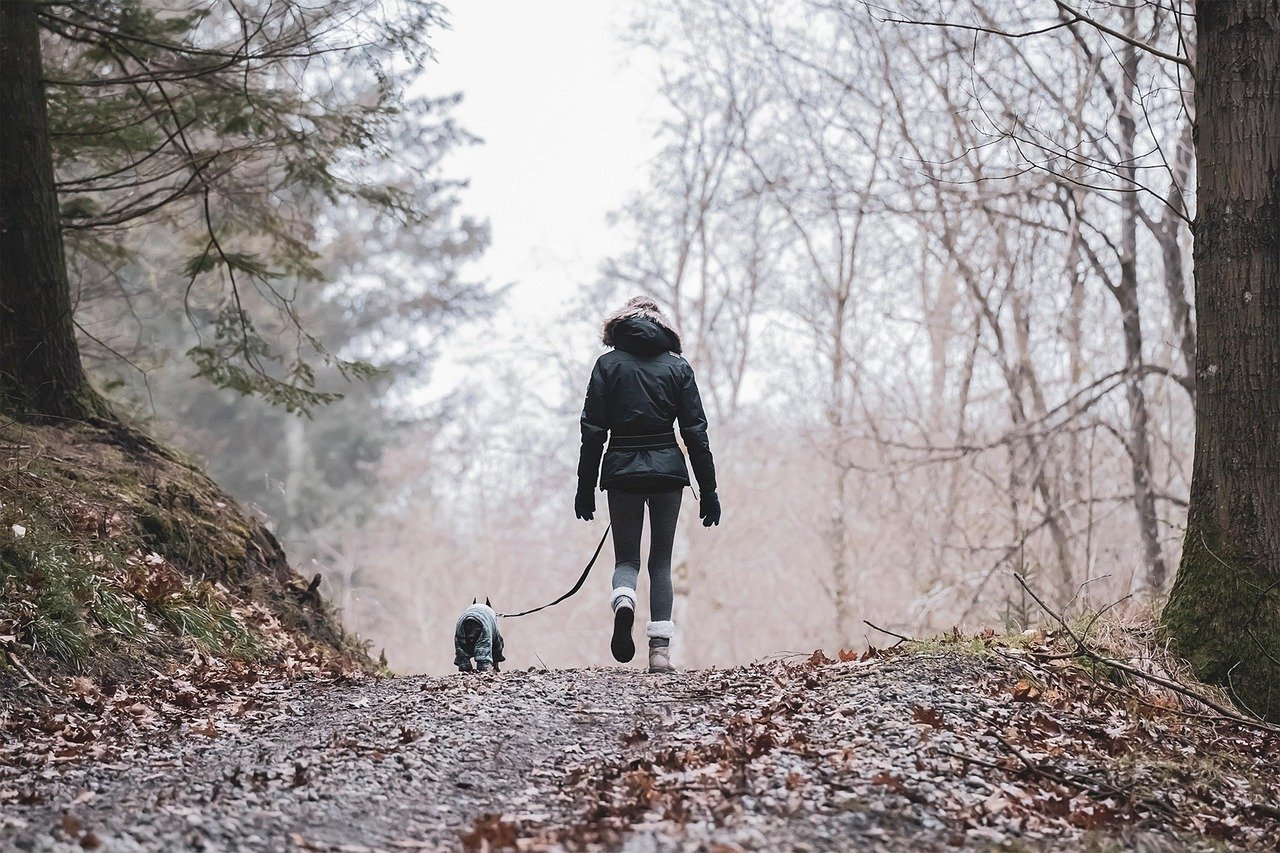Mountains change you. The air feels sharper, the mornings bite a little, and every trail whispers your name. If you’re anything like me, the only thing better than cresting a ridge at sunrise is doing it with a dog who lives for the climb as much as you do.
But not every pup is built for altitude and switchbacks. The right partner needs stamina, smart paws, and a heart that beats for the long game. Here’s a friendly, no-nonsense guide to seven standout breeds that thrive in mountain life and keep pace on rugged runs – plus how to keep them safe, happy, and eager for tomorrow’s route.
Border Collie: The Tireless Tactician

Border Collies bring laser focus and almost comical enthusiasm to technical trails. They read terrain like a map, placing paws carefully on scree, roots, and slick granite, and they love having a job – staying ahead then checking back is their idea of teamwork. Watch for herding behaviors such as circling or gentle nips when you pass hikers or cyclists, and redirect to a heel cue before it becomes a habit.
These athletes need brain work as much as miles, so weave in mid-run “find it” games, short obedience breaks, or a quick down-stay at viewpoints. Prevent overuse injuries by mixing soft-surface days with rest and mobility work; if stride shortens or a normally chatty dog goes quiet, cut it short and check for a thorn, cracked pad, or sore shoulder.
Australian Shepherd: The Weather-Ready All-Rounder

Australian Shepherds are sturdy, surefooted, and wonderfully tuned to their people. That weather-resistant double coat shrugs off drizzle and light snow, making shoulder-season runs a joy. They’re social but vigilant, so practice calm greetings at trailheads to avoid parking-lot chaos.
Because they’ll push through discomfort to keep up, you need to be the voice of reason. If panting stays hard on cooler days, gums look dry, or the gait gets choppy on descents, ease the pace and offer water. Regularly part the coat to check for burr clusters, and keep nails short so they can grip rock without slipping.
German Shorthaired Pointer: The Joy-Fueled Jet

German Shorthaired Pointers are built like endurance machines – lean, springy, and eager to cover ground. Their short coat dries fast after creek crossings, which helps prevent chills in wind. In cold snaps, add a fitted jacket and consider booties on crusty snow to protect those quick, sensitive feet.
Watch for early signs of fatigue such as sloppy foot placement, lagging on climbs, or a tongue that stays wide even during breaks. Offer frequent small sips rather than one big chug, and keep high-reward recalls polished for wildlife encounters; a double whistle followed by a jackpot treat pays off when a deer bolts across the trail.
Vizsla: The Sensitive Speedster

Vizslas are affectionate shadows with rocket engines. They’re happiest glued to your side, matching your cadence with surprising grace. Thin skin and a fine coat mean they can scrape easily on brush, so pick lines through shrubs and carry a small antiseptic wipe for quick cleanups.
In cold or wet weather, layer a breathable jacket and watch for shivering or tucked tails that don’t relax after you start moving. Their feelings run close to the surface, so keep feedback upbeat; a calm reset and a quick game turn anxiety into focus far better than stern corrections ever will.
Siberian Husky: The Cold-Condition Climber

Huskies shine when temperatures drop and trails turn to snow. Their feathered feet and insulating coat handle powder days beautifully, and they seem to find a second wind when the world goes white. Heat, however, is their kryptonite, so keep summer runs short, shaded, and water-heavy.
Prey drive can light up fast; a strong, rehearsed recall and a reliable “leave it” are non-negotiable. Check for ice balls building between toes, and if a normally chatty Husky gets unusually quiet or slows on flats, call it: cold can mask fatigue, and it’s better to finish with fuel in the tank than limp home.
Australian Cattle Dog: The Gritty Trail Guardian

Australian Cattle Dogs are compact powerhouses built for rough ground. They balance endurance with caution, reading loose rock and narrow ledges with admirable patience. Their independent streak shines on long, quiet routes where you need a partner who doesn’t spook at sudden gusts or cracking branches.
Because they’re tough, they won’t always speak up when something hurts. Look for subtle tells like a dropped tail, a shorter stride on the downhills, or refusing a jump they’d normally take easily. Rotate in active recovery days – gentle forest walks, sniff breaks, and light stretching – to keep joints and tendons happy.
Brittany: The Nimble Mountain Sprite

Brittanys are light on their feet and big on heart – perfect for twisty singletrack and long ridge rambles. They’re birdy by nature, so expect head-up scanning and quick pivots when a grouse flushes; channel that spark into structured sniff breaks so arousal doesn’t spike at the wrong moment.
Feathering collects burrs and foxtails, so do a quick fingertip sweep after runs, paying attention to armpits and between toes. If you notice sneezing fits, head shakes, or toe licking after brushy sections, stop and investigate before a minor irritation turns into a vet visit.
Mountain Safety Basics: Hydration, Altitude, and Paws

No matter the breed, the mountains make simple needs more important. Offer small, frequent drinks, especially at elevation where panting ramps up, and snack often with easy-to-digest treats to keep energy steady. If your dog slows markedly, pants hard even in shade, or seems disoriented, pause in a cool spot and reassess the day’s plan.
Altitude can challenge even seasoned trail dogs – watch for wobbliness, dull eyes, or a dog who lies down instead of greeting you at breaks. Protect paws with regular nail trims, a dab of balm before snowy runs, and booties when ice, sharp shale, or hot rock demand it. A quick post-run check for cuts, thorns, and cracked pads saves tomorrow’s outing.
Conclusion

The best adventure dog is the one whose instincts, body, and spirit line up with your terrain and pace. Choose for temperament before looks, build skills slowly, and treat recovery as part of training, not an afterthought. The goal isn’t just going farther – it’s finishing strong together, day after day.
Pack water, carry a small first-aid kit, and listen closely to the quiet cues your dog shares on the trail. When you honor those signals, mountain living stops being a grind and becomes a rhythm you share. Which trail buddy is calling your name right now?

Esther is from India; the heartbeat of South Asia, holding a Master’s degree in Zoology and a postgraduate diploma in Animal Welfare. Her enthusiasm for animal welfare drives her passion and dedication to working for animals, ensuring their well-being, and advocating for their rights. With a solid academic background and hands-on experience, she is committed to making a positive impact in the field of animal welfare. In her free time, she enjoys embroidery and sewing. As a Chennaite from Tamil Nadu, Esther loves Bharathanatyam, an Indian classical dance form.






